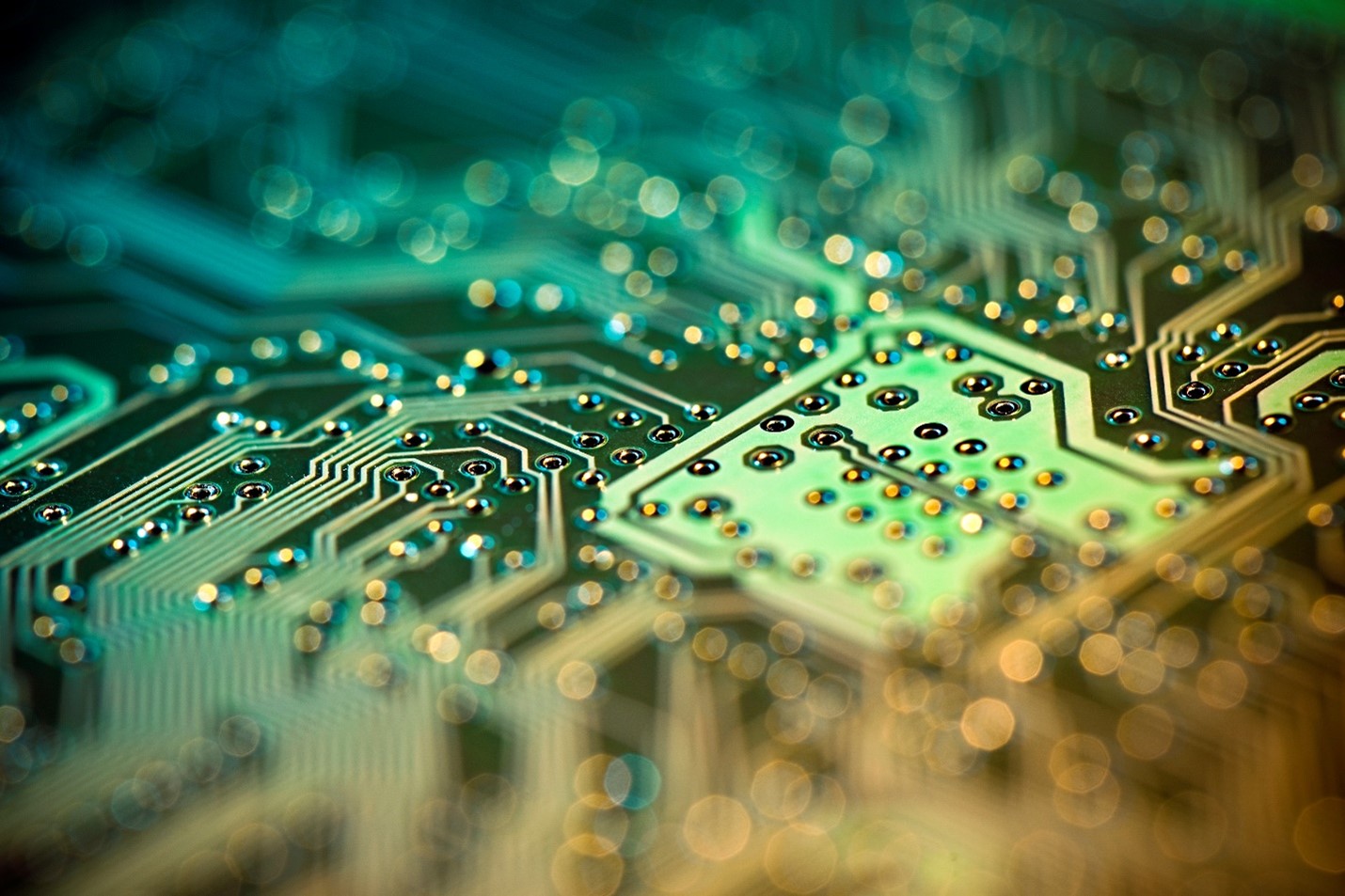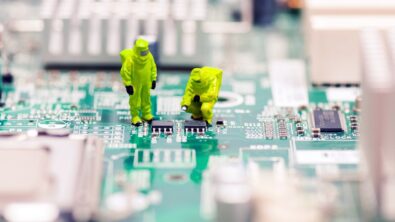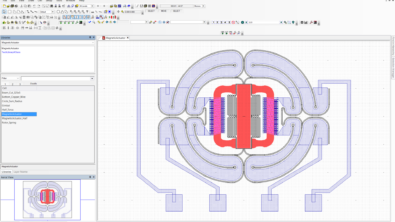How to Master the Game of Setting Rules: Differential Pairs

“For every action (force) in nature there is an equal and opposite reaction”, this is stated by Newton’s third law of motion.
In the PCB world, the rules are no different than in the nature. In fact, we benefit from these rules to constantly improve and keep up with evolution.
As mentioned in our previous blog “How to master the game of setting rules: Constraint Manager”, the Constraint Manager provides many rules that cover both net constraints and board-layer rules.
One of the main challenges that face designers when setting rules is the creation of differential pairs.
So, what are Differential Pairs?
A differential pair is a pair of opposite-polarity nets, with equal magnitude and routed very close to each other for noise immunity.
Noise immunity is achieved by noise on each net canceling out each other due to being complementary in nature, i.e., opposite polarity.
So, why use differential pair at all when we can route traces in single-ended mode?
When dealing with high-speed circuits, all kinds of noise and electromagnetic interferences start to develop in the circuit, causing our signal to degrade.
Therefore, differential pairs are used to reduce noise, crosstalk, electromagnetic interference (EMI), and to withstand ground offsets.
Some of the rules associated with differential pairs are that both signal traces must be equal in length, the separation between the traces must be small and the separation must be kept constant the entire length.
The first step is to create the differential pairs, this can be done either manually or automatically from within the constraint manager.
After that, you can assign rules (constraint values) to each pair, some of these rules are listed below.
- Convergence Tolerance Max: defines the maximum allowed difference in trace length from pads to the point where traces start routing differentially at the Differential Spacing constraint.
- Distance to Convergence Max: defines the maximum distance that differential traces are allowed to route before they converge as a differential pair.
- Separation Distance Max: defines the maximum allowed distance that differential traces are allowed to route at a spacing greater or less than the Differential Spacing constraint.
- Differential Pair Tol Max: defines the maximum allowed difference between nets in a differential pair.

If you’d like to learn more about how to use the Xpedition Enterprise® Constraint Manager, you can take our on-demand training course Constraint Management in Xpedition Flow. This course is also offered in instructor led format by our industry expert instructors and can be tailored to address your specific design goals. Also, you can now earn a digital badge/level 1 certificate by taking our Constraint Management in the Xpedition Flow Exam. If you successfully pass this Level 1 Certification Exam, you can claim and display your digital badge on social media e.g. on LinkedIn or as part of your email signature.
For additional questions or assistance on this topic, contact a Siemens representative at xceleratoracademy_eda.disw@siemens.com
Author: Angela Emil , Customer Training Engineer, Siemens EDA Learning Services


